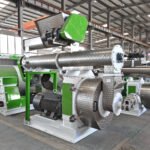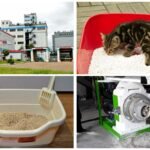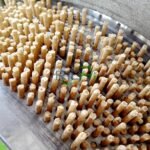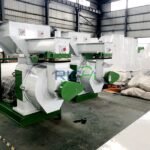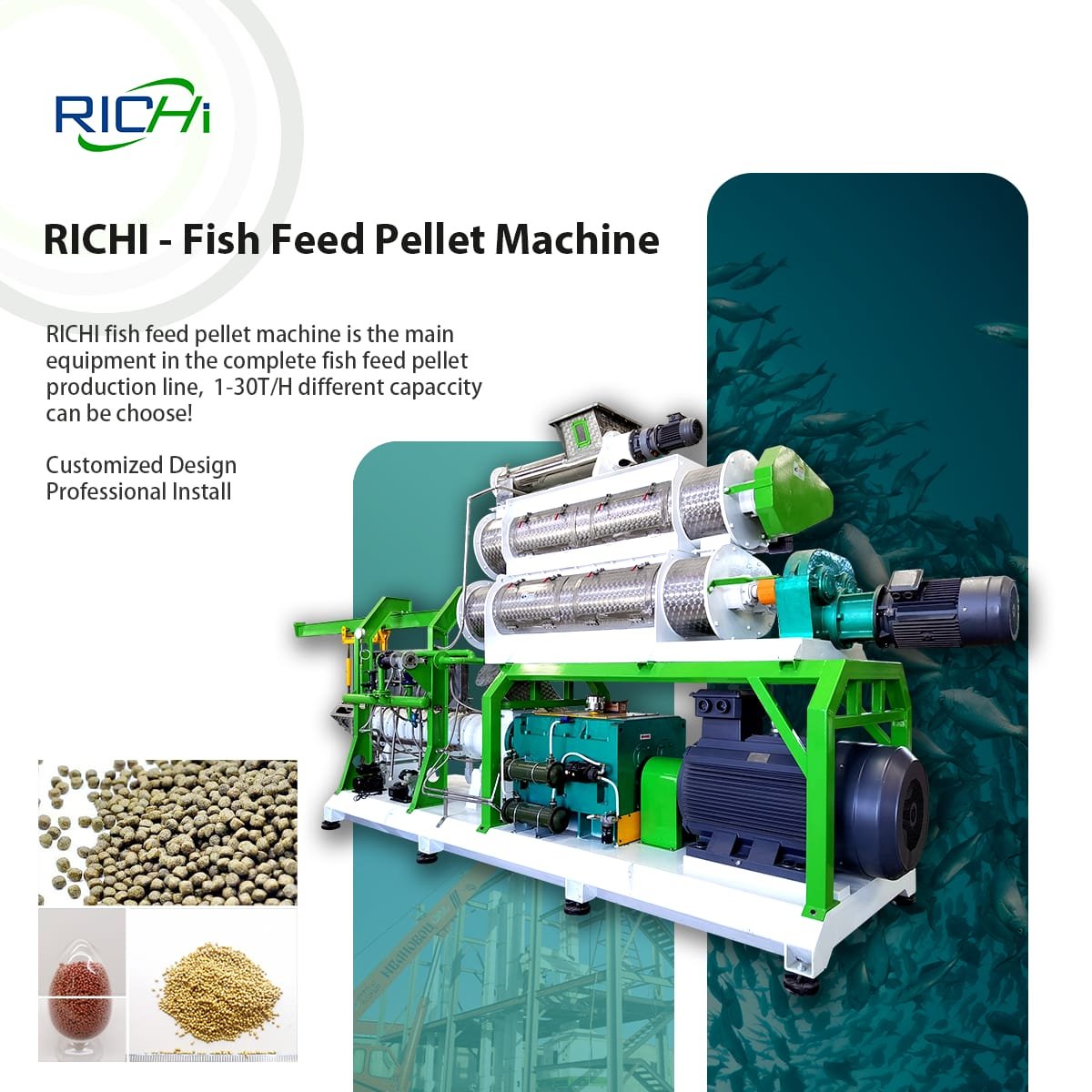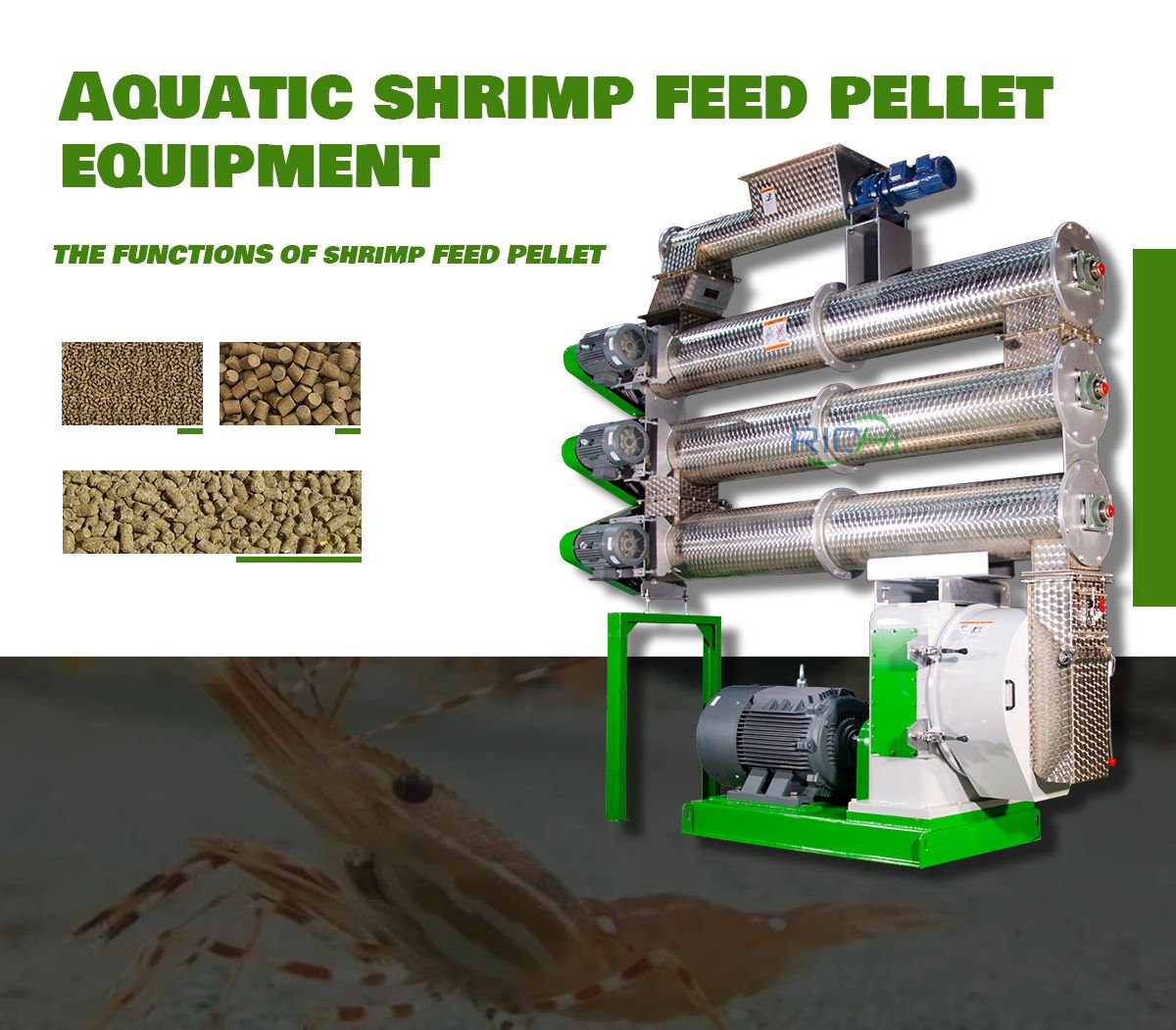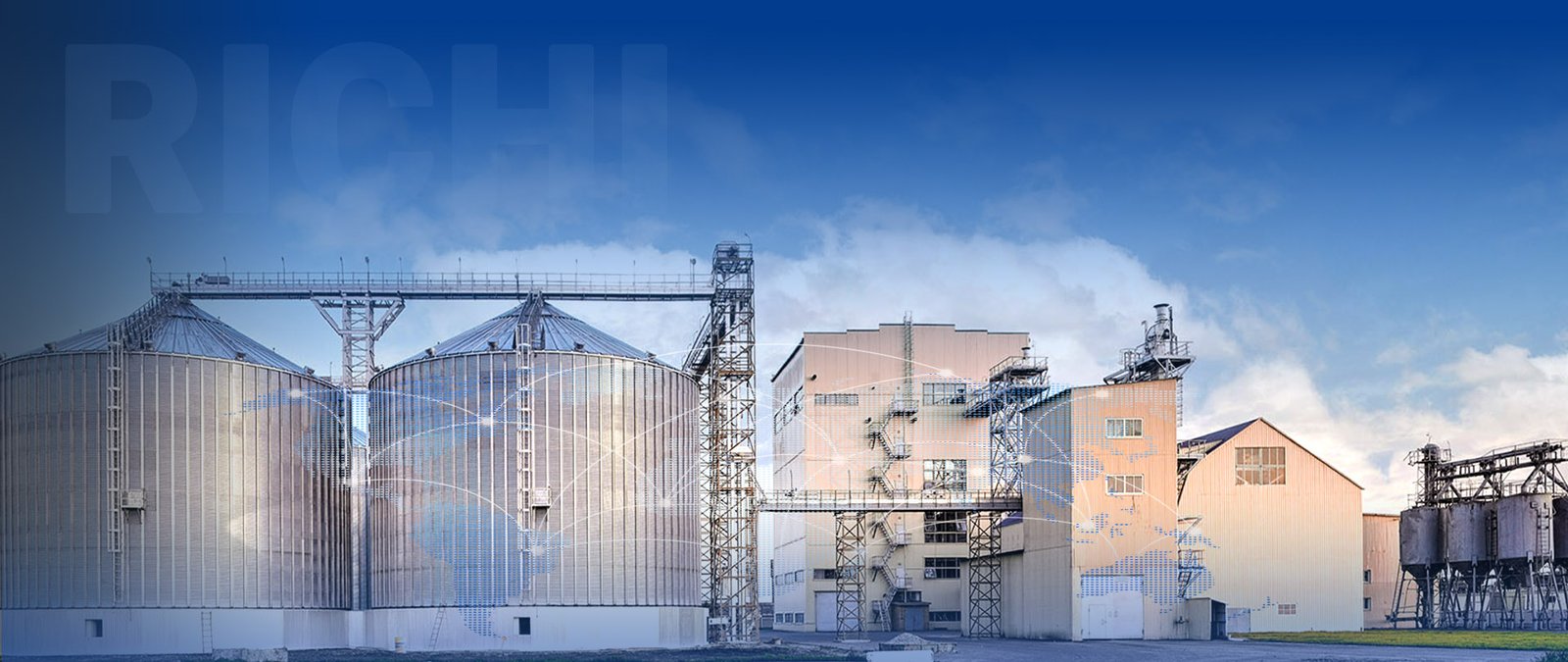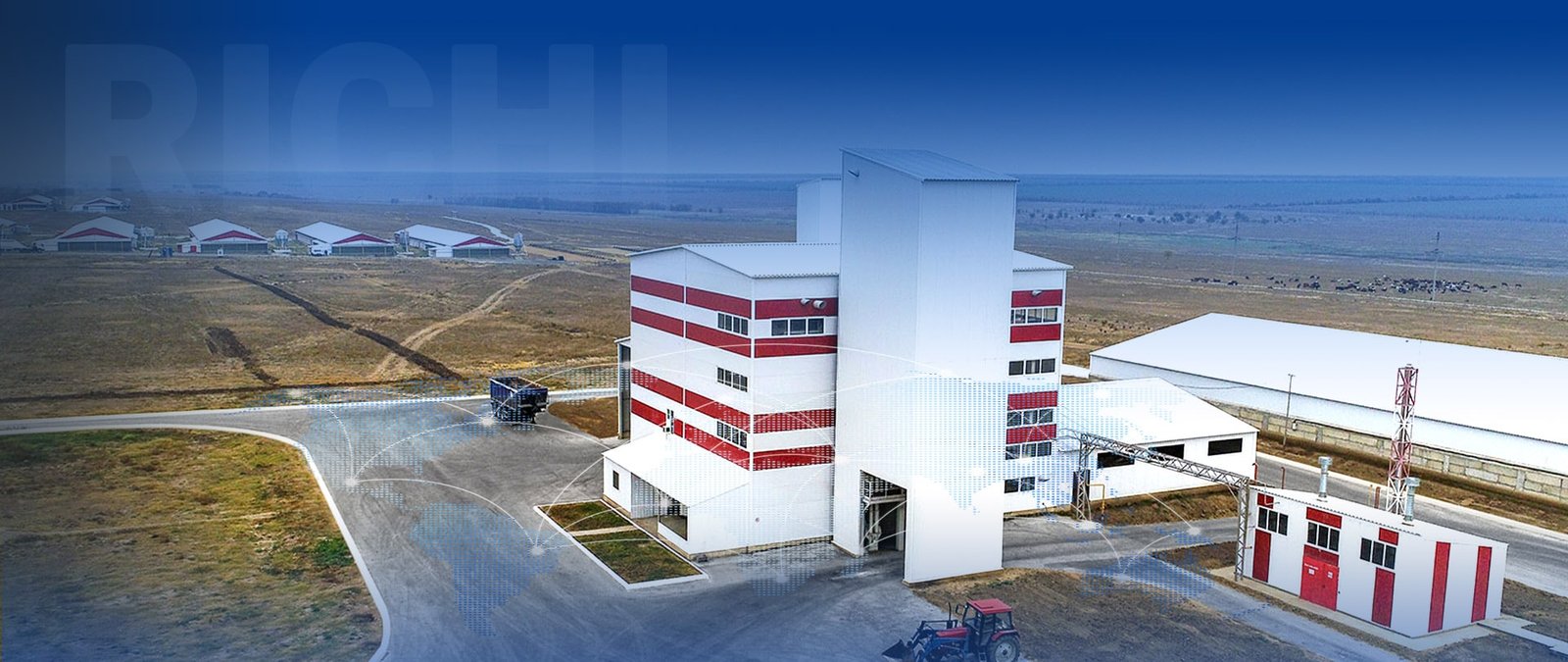Fish feed machines are an essential tool in fish farming, enabling farmers to produce high-quality feed for their fish. To ensure the longevity of these machines and their optimal performance, regular maintenance is required.
Proper maintenance of fish feed machines involves a series of actions that keep the machine in good condition and prevent breakdowns. In this essay, we will look at the maintenance requirements for a fish feed machine.
Cleaning: One of the critical maintenance requirements for a fish feed machine is cleaning. Cleaning helps to remove any leftover feed and debris that may have accumulated inside the machine during the production process.
Cleaning also prevents the buildup of bacteria, which can contaminate the feed and lead to fish health problems. To clean the machine, all removable parts should be taken out and cleaned thoroughly. It is recommended to clean the machine after every use or at least once a week.
Lubrication: Lubrication is another crucial maintenance requirement for fish feed machines. Lubricating the machine ensures that all moving parts are well lubricated and function smoothly. Failure to lubricate the machine can result in damage to the moving parts and reduced efficiency. Lubrication should be done according to the manufacturer’s instructions, using the recommended type and amount of lubricant.
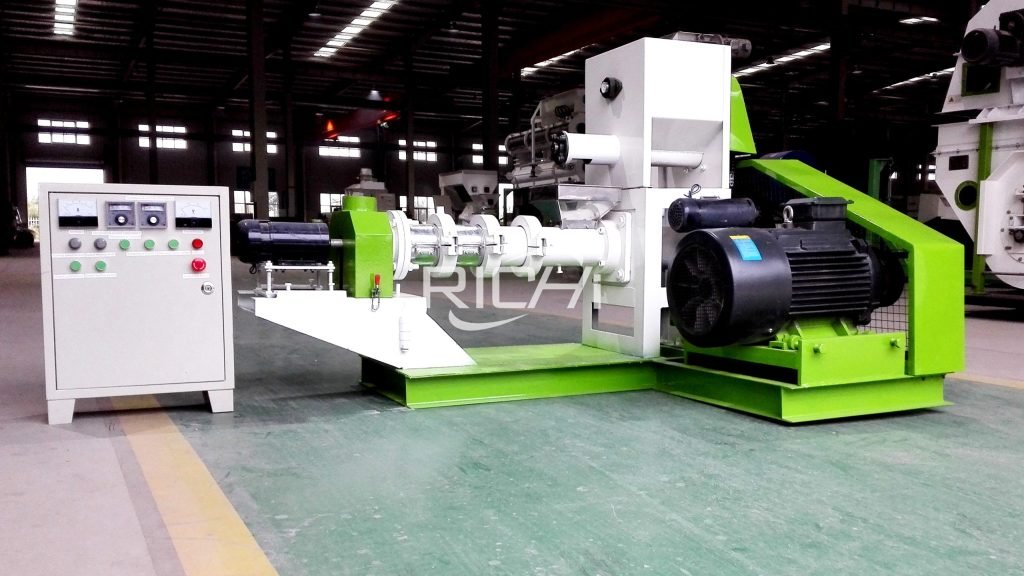
Inspection: Regular inspection of the fish feed machine is necessary to identify any wear and tear, damage, or loose parts. During the inspection, all parts of the machine should be checked, including the motor, gearbox, mixing blades, rollers, and die. Any worn or damaged parts should be replaced immediately to prevent further damage to the machine and ensure optimal performance.
Calibration: Calibration is a maintenance requirement that ensures that the fish feed machine is producing feed that meets the required standards and specifications. Calibration involves checking the accuracy of the machine’s settings, such as the mixing time, temperature, and moisture level, and adjusting them as necessary. Calibration should be done periodically, depending on the frequency of machine use.
Electrical Components: The electrical components of the fish feed machine, such as the wires, switches, and fuses, should be checked regularly to ensure that they are functioning correctly. Any faulty electrical components should be replaced immediately to prevent electrical hazards and ensure optimal performance.
Storage: Proper storage of the fish feed machine is also essential in maintaining its optimal performance. The machine should be stored in a dry and cool place, away from direct sunlight and moisture. The storage area should also be free from dust and debris, which can contaminate the machine and affect its performance.
In conclusion, maintaining a fish feed machine is essential in ensuring its optimal performance and longevity. Regular cleaning, lubrication, inspection, calibration, and proper storage are necessary maintenance requirements that should be followed to keep the machine in good condition.
Failure to follow these maintenance requirements can result in reduced efficiency, breakdowns, and costly repairs. By following these maintenance requirements, farmers can produce high-quality feed for their fish and ensure the success of their fish farming operations.



